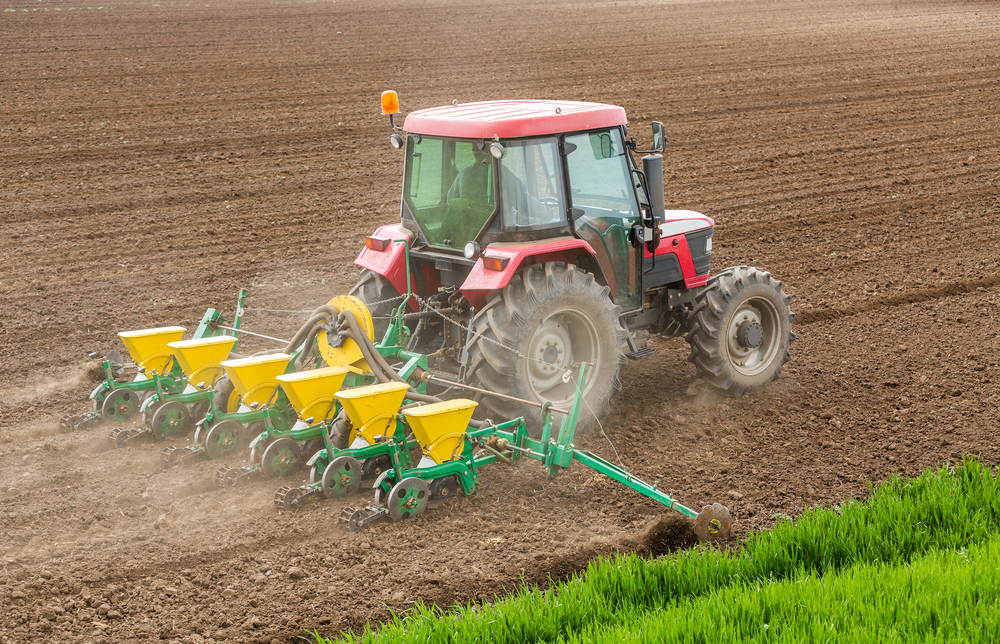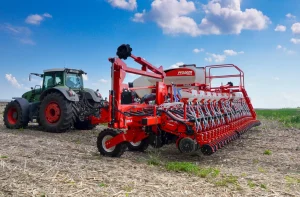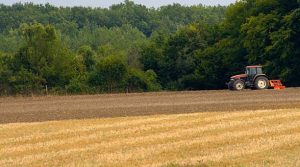How did the seed drill help farmers?
The seed drill helped farmers by significantly increasing efficiency in planting seeds. By enabling precise placement of seeds in rows and at controlled depths, it reduced the amount of seed wastage and allowed for better utilization of land. This, in turn, led to increased crop yields and reduced the labor required for planting, ultimately improving agricultural productivity. The seed drill also facilitated the cultivation of larger areas of land, contributing to the overall prosperity of farmers and the agricultural industry.
What is seed drilling?
Seed drilling is a method of planting seeds in agriculture that involves using a specialized piece of equipment called a seed drill. This machine allows for the precise and uniform placement of seeds in the soil at controlled depths and intervals. By creating furrows and depositing seeds in an organized manner, seed drilling helps to optimize seed distribution, reduce wastage, and improve germination rates. This method of planting has significantly contributed to the efficiency and productivity of agricultural practices.
types of seed drills
There are several types of seed drills commonly used in agriculture, each designed to meet specific requirements and farming conditions:
- Conventional Seed Drills: These are the traditional seed drills that are used for sowing seeds directly into the soil. They typically have a single seed box for each row and are suitable for a wide range of crops.
- no-till Seed Drills: No-till drills are designed to plant seeds without prior tilling or disturbing the soil. They help in preserving soil structure and reduce erosion while planting directly into the previous crop residue.
- Pneumatic Seed Drills: Pneumatic seed drills use air pressure to deliver seeds from the seed box to the ground, providing more precise seed placement and distribution. They are often used for sowing small seeds such as oilseeds and vegetables.
- Precision Seed Drills: These drills are equipped with advanced technologies such as GPS and variable rate seeding to precisely control seed placement and spacing, optimizing seed usage and crop uniformity.
- Tractor-Mounted Seed Drills: These seed drills are mounted on tractors and are suitable for large-scale farming operations. They are often used for sowing cereals, grains, and pulses.
Each type of seed drill offers specific advantages and is chosen based on the farming requirements, crop type, and soil conditions.
Which is the popular seed drill?
The popularity of seed drills can vary based on factors such as region, farming practices, and specific crop requirements. some popular seed drill brands and models include John Deere, Case IH, Great Plains, and Horsch. These manufacturers offer a range of seed drill options with varying features and capabilities to cater to the diverse needs of farmers and agricultural operations. The choice of a popular seed drill often depends on factors such as farm size, crop type, terrain, and the level of technological integration required.
why was seed drill important?
The seed drill was important due to its significant impact on agricultural practices. It revolutionized the way seeds were planted, leading to increased efficiency, improved crop yields, and reduced labor requirements. By enabling precise placement of seeds in rows and at controlled depths, the seed drill minimized seed wastage and allowed for better land utilization. This innovation played a crucial role in the Agricultural Revolution, contributing to the overall improvement of food production and supply. the seed drill facilitated the cultivation of larger areas of land, ultimately boosting agricultural productivity and the economy.
How did the seed drill affect the farmer’s harvest?
The seed drill positively affected the farmer’s harvest in several ways. By enabling precise placement of seeds in rows and at controlled depths, the seed drill led to improved seed germination and reduced seed wastage. This, in turn, resulted in higher crop yields and better-quality harvests. the efficient planting facilitated by the seed drill allowed farmers to cultivate larger areas of land, further contributing to increased harvests. the seed drill played a crucial role in enhancing agricultural productivity and improving the quantity and quality of the farmer’s harvest.
what is an ATV drill seeder?
The ATV drill seeder is a specialized agricultural equipment designed to be towed behind an all-terrain vehicle (ATV) for planting seeds. It is commonly used for reseeding pastures, planting cover crops, or sowing seeds in areas that are difficult to access with larger farming machinery. The ATV drill seeder typically consists of a seed hopper, seed distribution system, and ground-engaging components for seed placement. This equipment allows for precise and controlled seeding while providing flexibility in reaching remote or challenging terrain. The ATV drill seeder is valued for its maneuverability and ability to efficiently plant seeds in diverse agricultural and land management applications.




